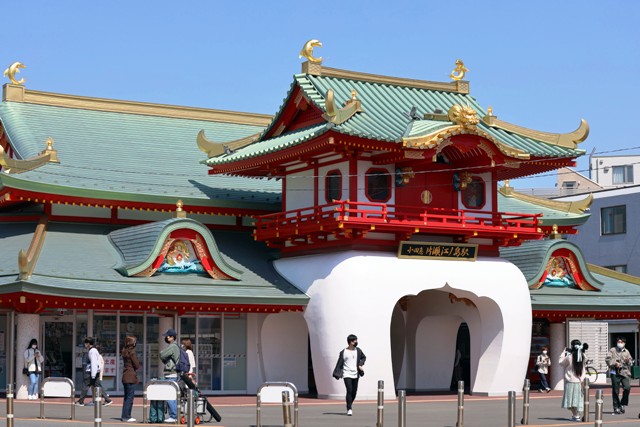 |
| Electric car Hakodate Transportation Bureau 9600 series (August, 2012) |
The Japanese Government extended the 3rd state of emergency caused by the new corona virus, so, I have to continue refraining from any nonessential and non-urgent outings. I have no choice but to continue introducing trains from photos I recently rediscovered on my hard disk.
Hakodate is the 3rd largest city in population on Hokkaido Island. It's located about 880 kilometers north of Tokyo. I visited this northern city for sightseeing in the summer of 2012. An electric car, which I came across in the city at that time, is shown in this post.
The 9600 series is an electric car operated by Hakodate Transportation Bureau. It's a so called LRT (light rail transit). The definition of LRT is not clear, but it's typically an urban low-floor tram in Japan. Four sets in total of the 9600 series were built by Alna Sharyo from 2007 to 2018. The 9600 series is a two-car train with two bogies. It means that the 9600 series doesn't have an articulated bogie. Its overall length is only 13.25 meters. The body is stainless steel. An IGBT-VVVF inverter (Insulated Gate Bipolar Transistor - variable frequency drive) electric control system with two 85kW induction motors is adopted.
Incidentally the tram line in Hakodate City was opened as a horse tramway in 1897. It was electrified in 1913 to become Hokkaido's first modern electric tramway. Its current total operating length is 10.9 kilometers. The track is 1,372 millimeter-size double, and its electric system is 600V DC overhead.
 |
| The 9600 series stands at Hakodate-ekimae stop (August, 2012) |













